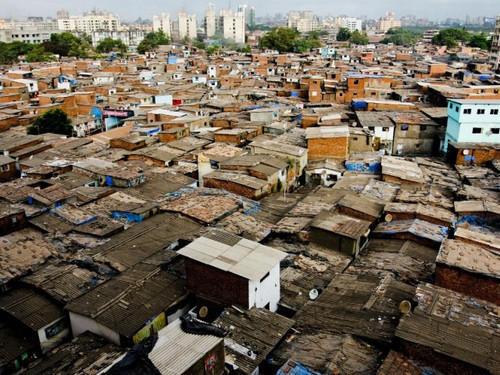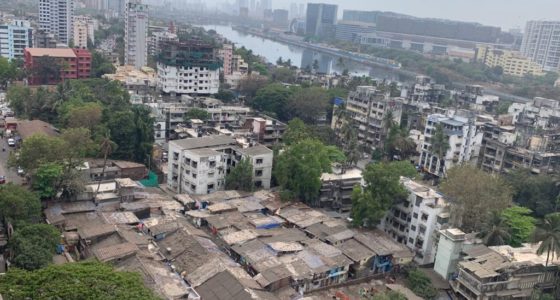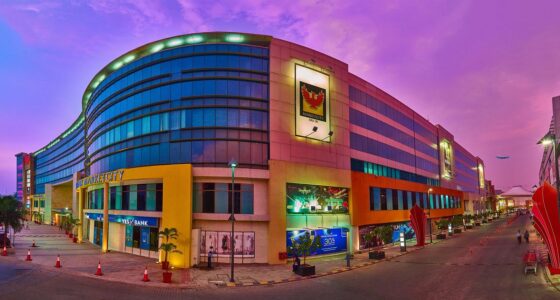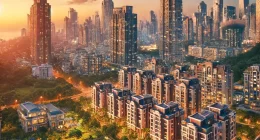The Dharavi Redevelopment Project (DRP) is set to transform one of Asia’s largest slums into a modern, inclusive, and sustainable urban community. The project goes beyond providing housing, offering a financially sustainable model that benefits residents and uplifts entire neighborhoods in the Mumbai Metropolitan Region (MMR).
One of the standout features of the DRP is its promise of no maintenance charges for residents for the first 10 years. During this period, the project developer will handle all electromechanical upkeep, ensuring a worry-free lifestyle for residents. This approach is complemented by a plan to allocate 10% of the built-up rehabilitation area for commercial spaces, creating a long-term revenue stream to sustain maintenance costs even after the initial decade.
Free Housing and Affordable Options
Eligible residents of Dharavi will receive free housing under the DRP. For ineligible residents, the state government has introduced affordable housing options under the Pradhan Mantri Awas Yojana or through hire-purchase schemes. The project ensures that no one is left behind, with maximum benefits offered at the most affordable rates.
Each home will be equipped with 24/7 water and electricity, private toilets, and kitchens — a significant improvement over current living conditions. Eligible residents who settled before 2000 will be allocated homes measuring 350 sq ft, which are 17% larger than standard units in other slum rehabilitation projects.
“This innovative model ensures that Dharavikars enjoy not just better homes but a financially sustainable and worry-free lifestyle in a planned community,” said a DRP-Slum Rehabilitation Authority (SRA) official.
Uplifting Entire Neighborhoods
The benefits of the DRP extend beyond Dharavi. Residents who don’t qualify for homes within Dharavi will be resettled in new townships across the MMR. These townships will feature essential amenities such as schools, hospitals, and shopping centers, improving the quality of life in surrounding areas.
The 2022 tender for the DRP has addressed previous challenges by emphasizing financial and infrastructure sustainability. Provisions have also been made for upper-floor residents, who are often excluded from slum rehabilitation schemes.
“This redevelopment isn’t just about housing; it’s about creating inclusive, modern communities that benefit both Dharavikars and neighboring regions,” said the DRP-SRA official.
A Benchmark for Urban Transformation
The DRP marks a new chapter in urban renewal by addressing both social and economic challenges. Its innovative approach, combining free maintenance, commercial revenue models, and inclusive housing, sets a benchmark for human-centric urban transformation.
By prioritizing the well-being of residents and fostering sustainable growth, the Dharavi Redevelopment Project aims to create a blueprint for modern urban living while preserving the essence of community life.
Also Read: Dharavi Redevelopment Tender Cancelled









